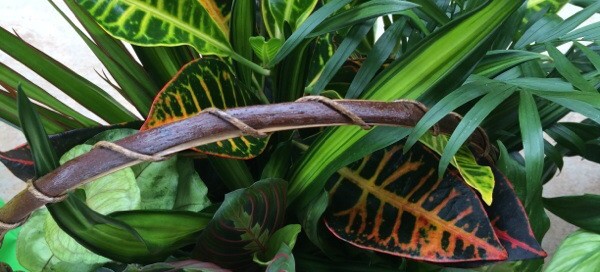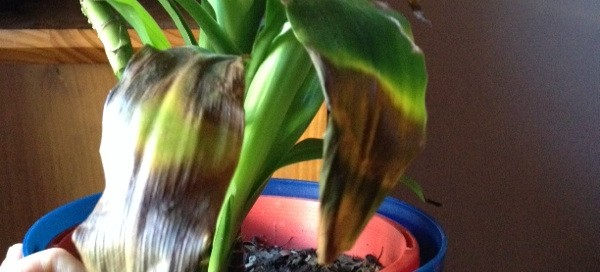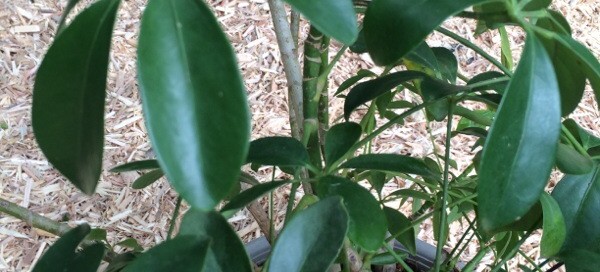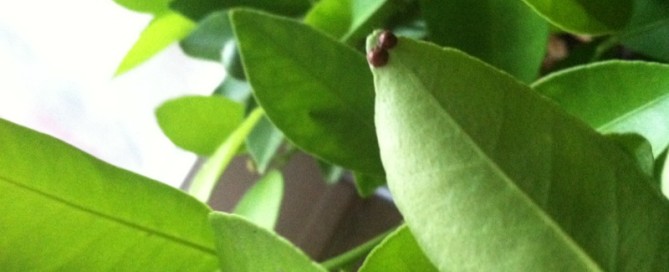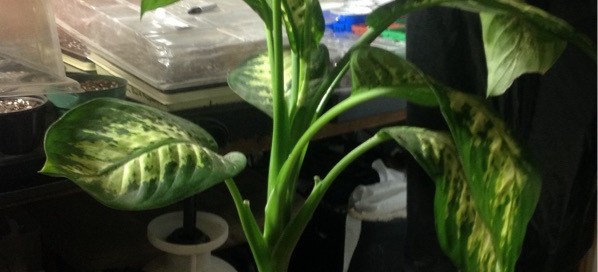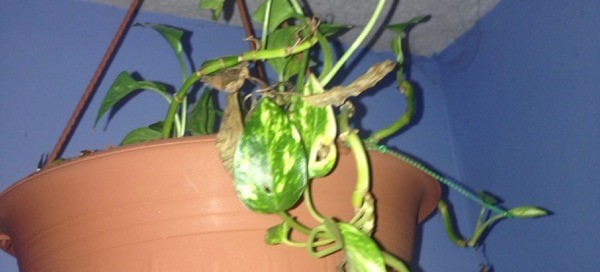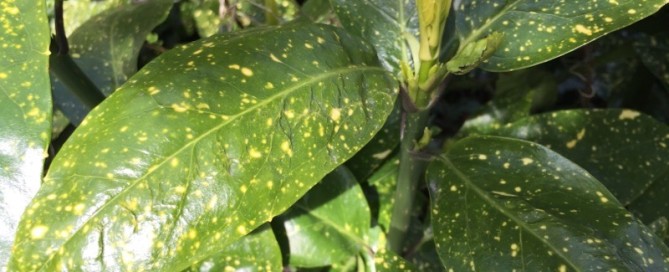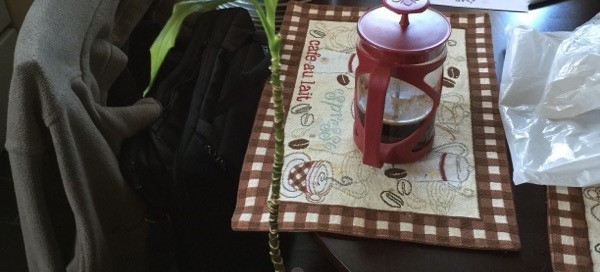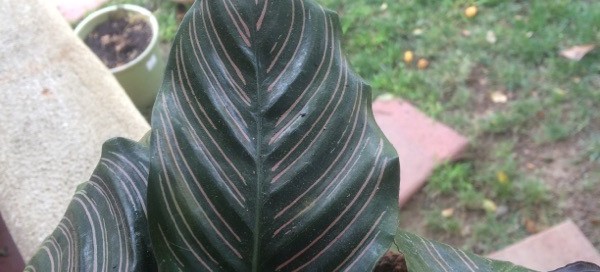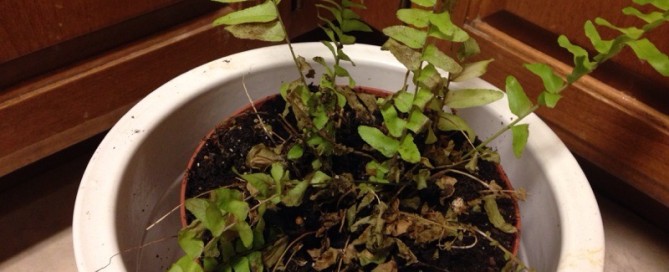Basket Of Houseplants
Your lovely basket of houseplants include Croton variegatum (the brightly marked foliage), Maranta leuconeura (red veined prayer plant because the leaves tend to close at night), Chamaedorea (parlor palm), dumb cane (Dieffenbachia) and Dracaena marginata. After a time you may want to separate them, but for now place in bright indirect light, take each one out to water in the sink allowing the water to drain out before placing back in the basket (unless they have been planted in soil together - then make sure it drains properly because plants sitting in water may lead to root rot) and feed with a slow-release or organic fertilizer formulated for container plants. Water when the soil feels dry to the touch down to the first knuckle.
